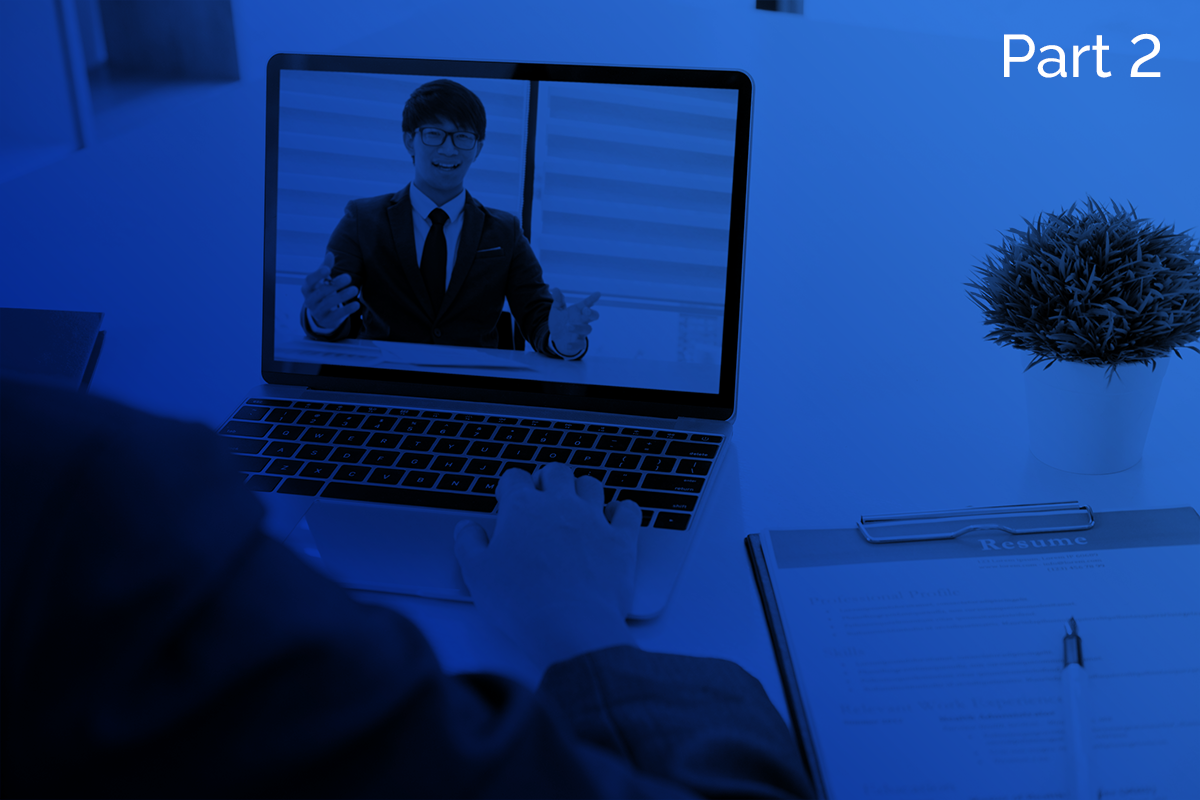
Access Weekly JOYFLASH
April 10, 2020
On-camera Interviews In The Age Of Covid-19: Part 2
April 15, 2020ON-CAMERA INTERVIEWS IN THE AGE OF COVID-19:PART 1
On-camera interviews for spokespeople can be stressful enough in “normal” times — now, organizational spokespeople can’t leave their homes without risking the dangers of human contact. This means brand representatives have suddenly become their own interview pit-crew, having to essentially produce their own segments without public relations professionals warming them up in the green room, make-up artists at the ready, lighting techs making adjustments, set designers shifting backdrops, or camera operators catching their best side.
If you’ve been watching live television at all in the past few weeks (experts anticipate your TV consumption will increase — if it hasn’t already), you’ve likely become accustomed to the “laptop camera” aesthetic now prevalent on national and local news, late night talk shows, and even programming like The View. In this sense, the playing field is now level – so we are here to help up your game if you, a colleague, client or loved one ends up broadcasting live or live-to-tape from a living room or home office.
By the way, this guidance applies to all of us as we join video conference calls from home. From watching TV to watching each other, you have surely noticed that some people simply look and sound better than others, despite having the same or very similar laptop tech at their disposal.
How are they up-leveling their presence (and therefore their ability to inspire confidence)? They may very well be engaging in one or all of the webcam video interview basics we’ve outlined below! So, read on for guidance that will help you come across as authentic, trustworthy, and knowledgeable from your “home studio.”
Before the Interview:
- Dress to Impress – Just because you won’t be walking into a TV studio and the upper half of you will likely be the only part that is visible, it is important to dress and prepare as if this was an actual in-person, “under the lights” conversation. This will help to achieve an “interview ready mindset” even if you are participating from your living room. Just as you would in a professional studio, avoid stripes, loud patterns, all-white and too much “bling.”
- All about the angles and lighting – While webcams are not known for their high-quality images, finding a spot with plenty of soft, natural lighting will help to showcase your appearance. Existing lighting not quite doing the trick? Bring in another lamp or two, experimenting with positioning until you get it right. Additionally, make sure the angle of the webcam is at least eye level or above – if using a laptop, consider placing something under it to raise it higher (a few hardcover books usually do the trick). You want the camera “looking at you” or even slightly down on you – not gazing up your nose or beneath your chin (you’ve got a great chin, but that angle is not good for anybody).
- Build (and control) your background – You don’t have to be a set designer to easily and appropriately stage your surroundings so that the focus is on you and what you’re saying, not what your cat is doing with that woodland creature on your disorganized credenza. One interesting aspect of this media moment is that experts and guests are able to show off a little personality during their interviews by capturing some of their homes and workspaces in the frame. But do not mistake “personality” for “clutter” or oversharing. Keep it simple, but clean. Clear workspaces, make use of blank walls or tasteful art, and avoid the backlighting that comes from windows. Bookcases are fine as long as they are fairly well organized and the titles do not serve as a humble brag. Also, about that cat: take some time when setting up to make sure the room is clear of animals and put up some signage outside any entrances so you don’t get any unexpected human guests during your interview.
- Testing, Testing, 1-2-3 – Check all video/audio connections prior to the interview to stamp out the possibility of technically difficulties that may cut into interview time or interfere with message delivery. Always have a back-up plan in place should any problems arise (a tablet or phone also signed into the same video conferencing software)! In many cases, segment producers are still very much “at work,” they’re just doing it from their living rooms as well. When possible, make line checks and adjustments with those pros prior to taping or airing.
In our next post we will share tips for during and after the interview. Until then stay safe, stay well, and make use of these best practices during your next video conference call or spokesperson training.
By: Kelly Gilbert, Account Coordinator, and Talley Summerlin, SVP